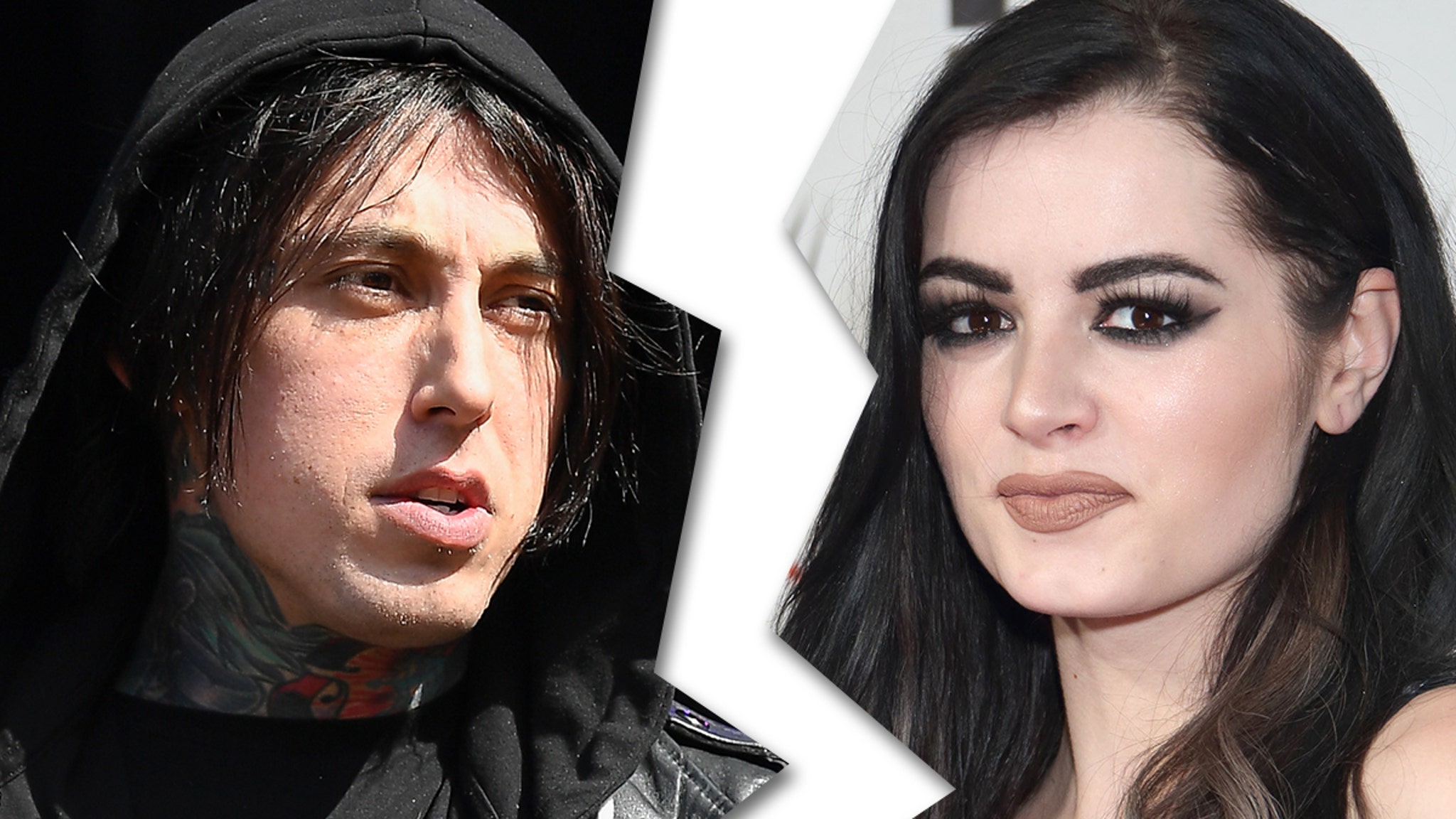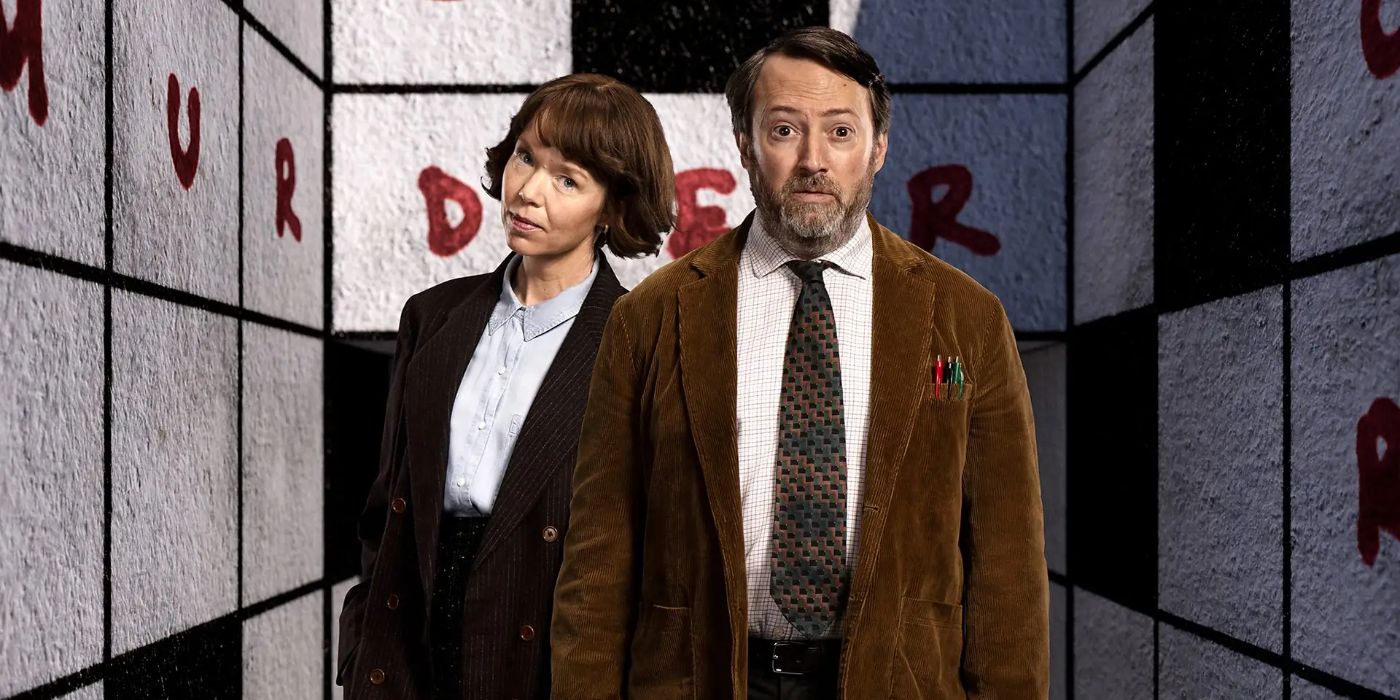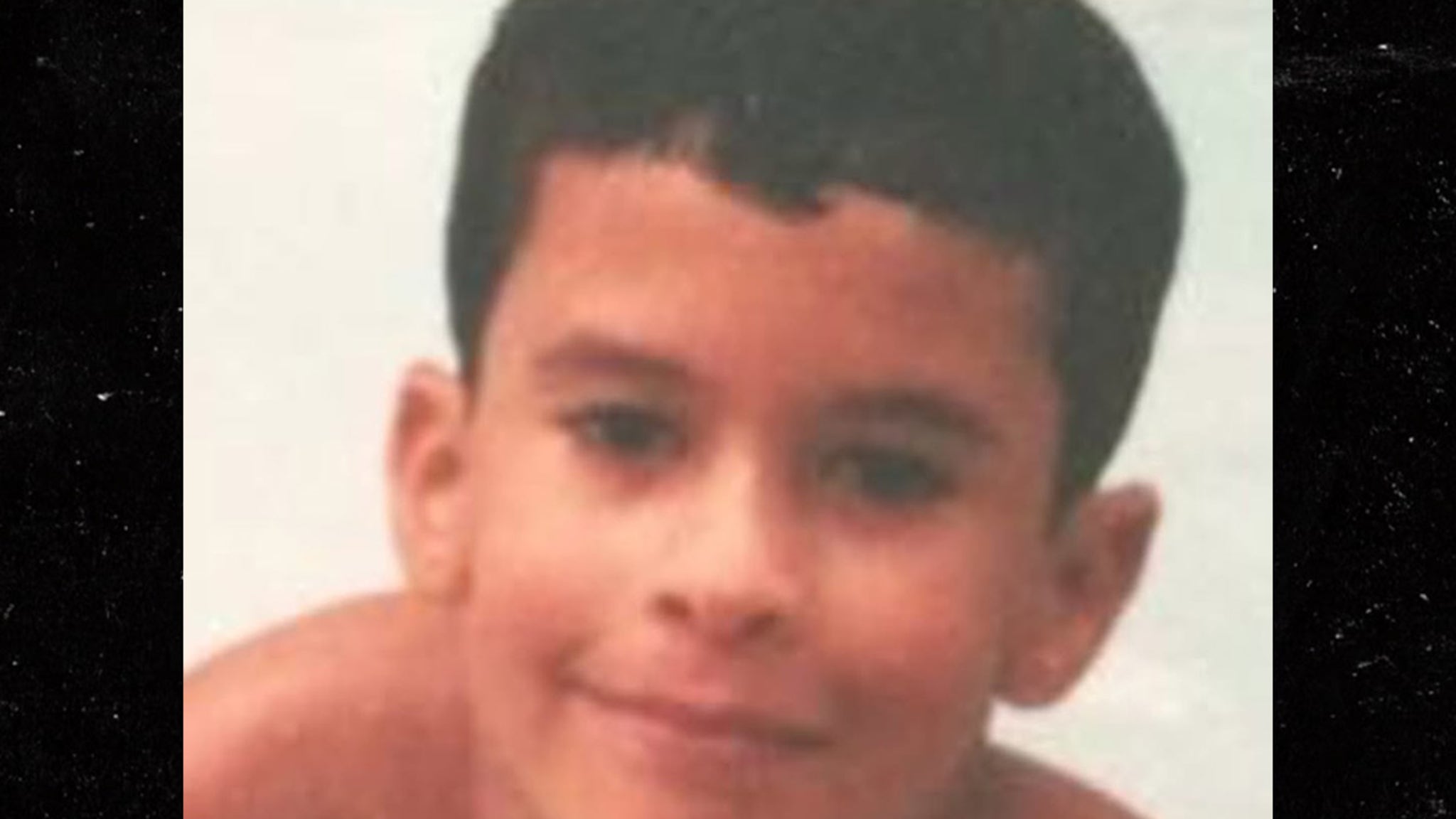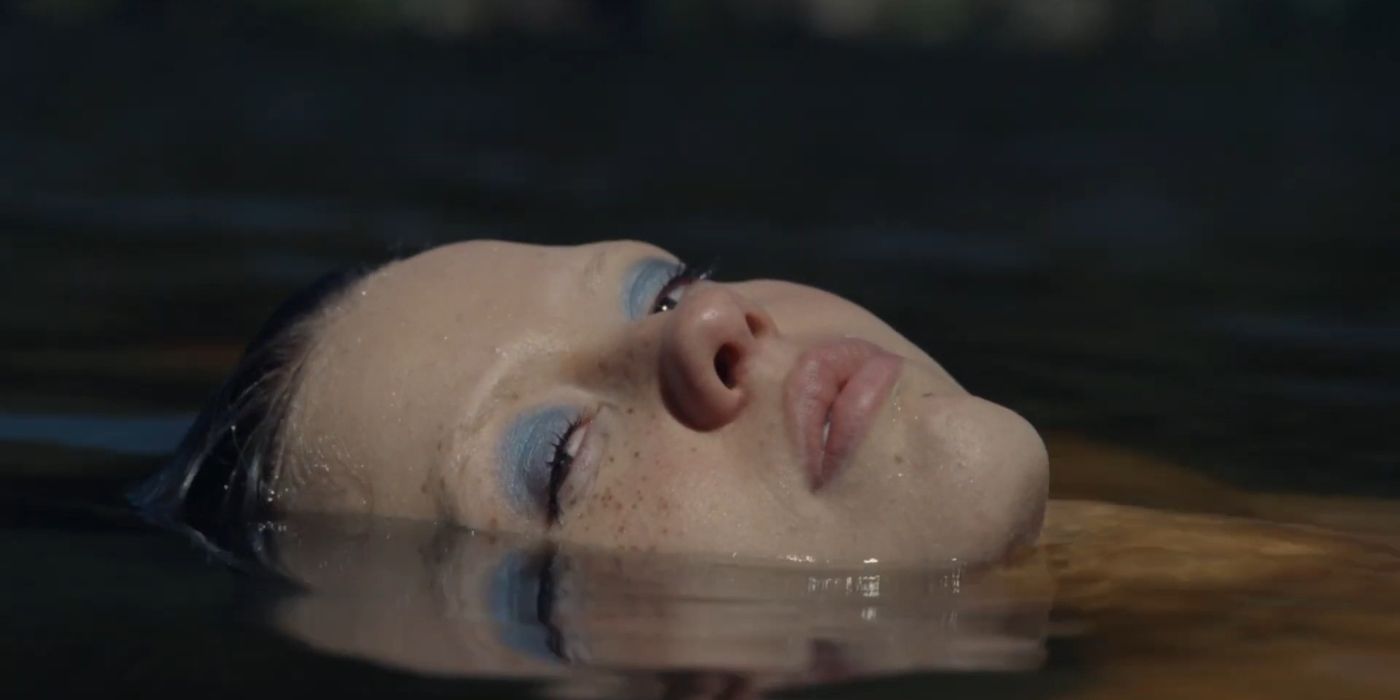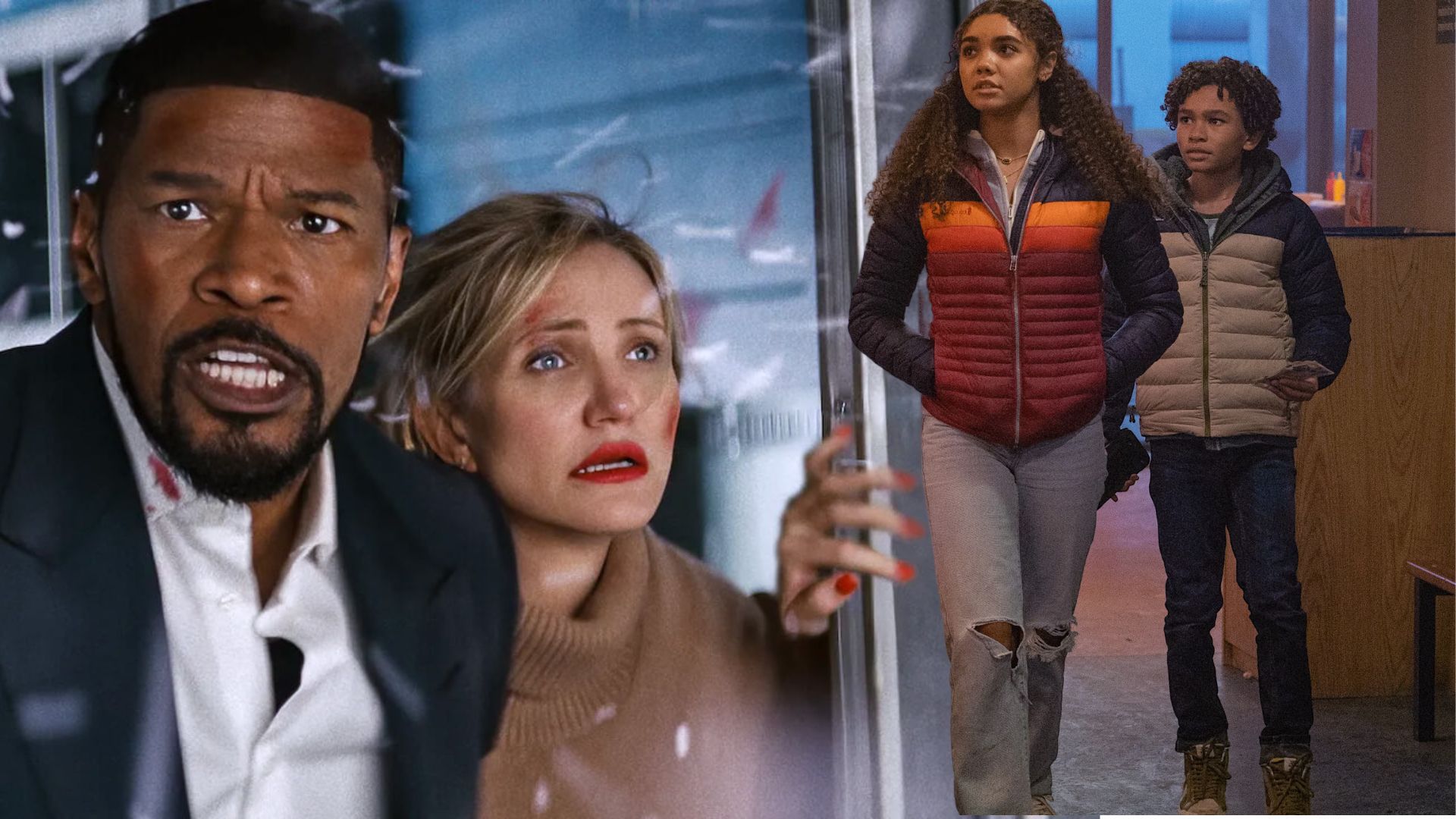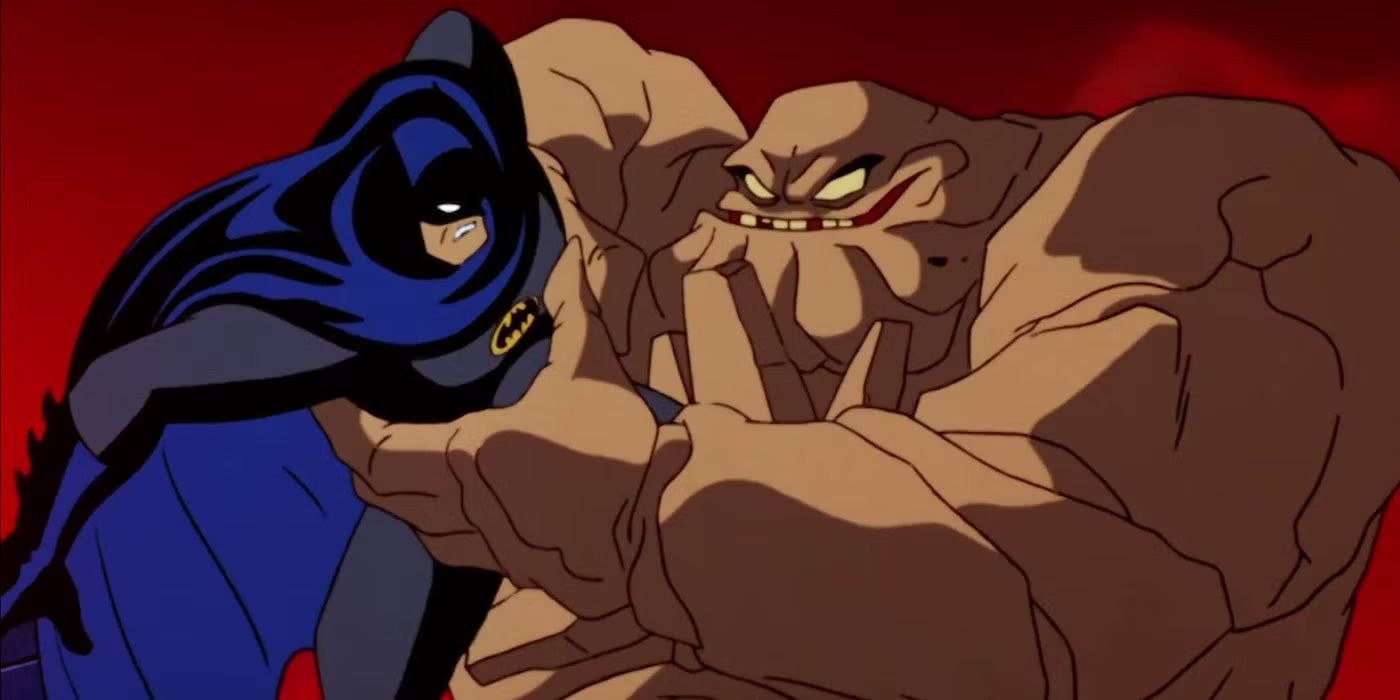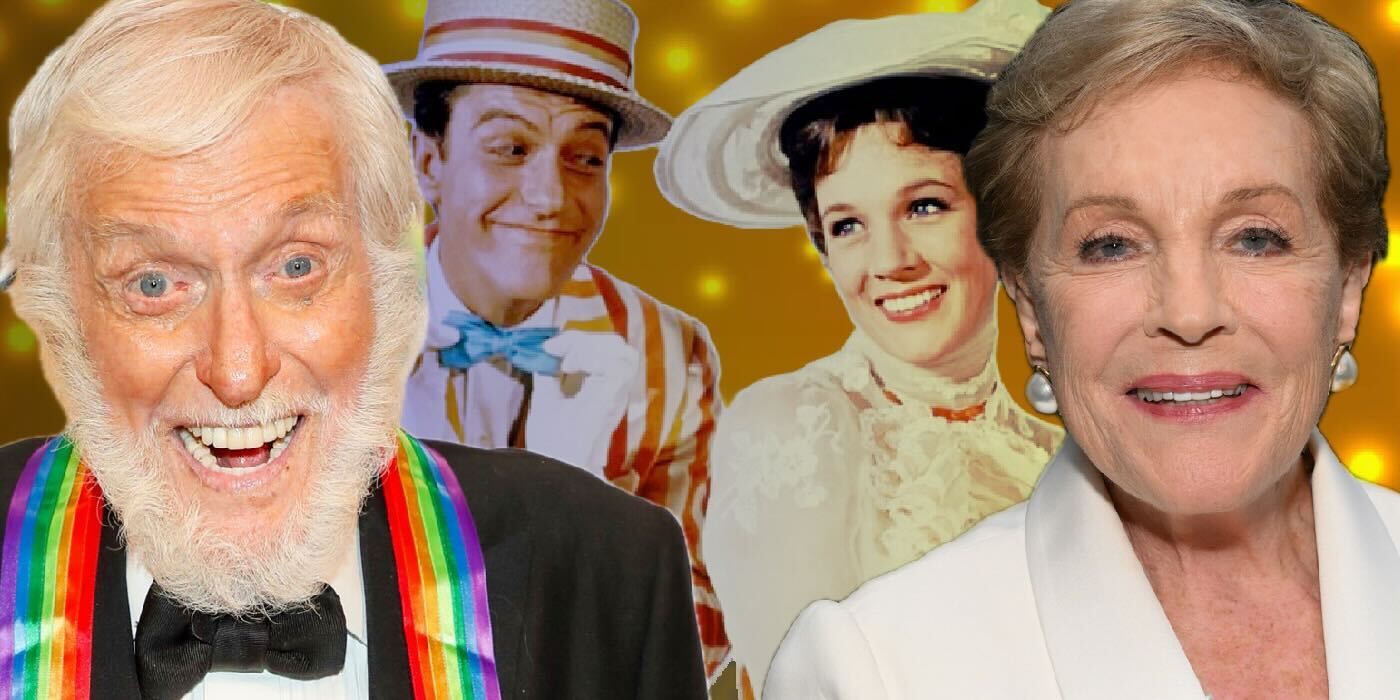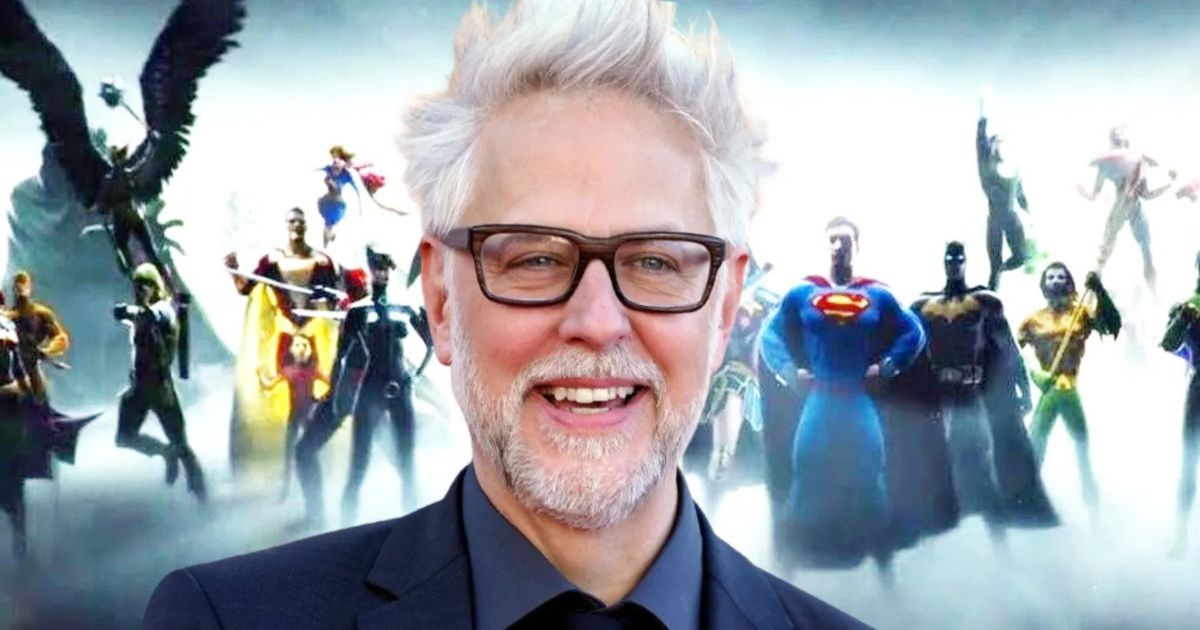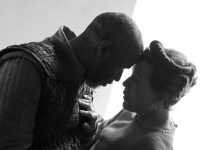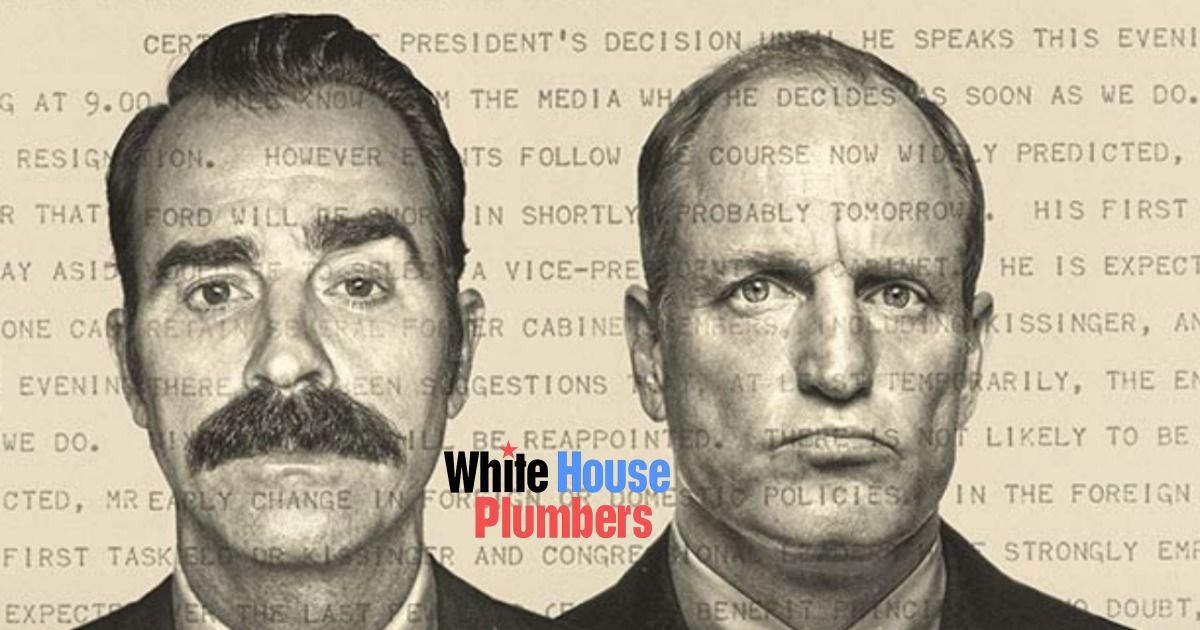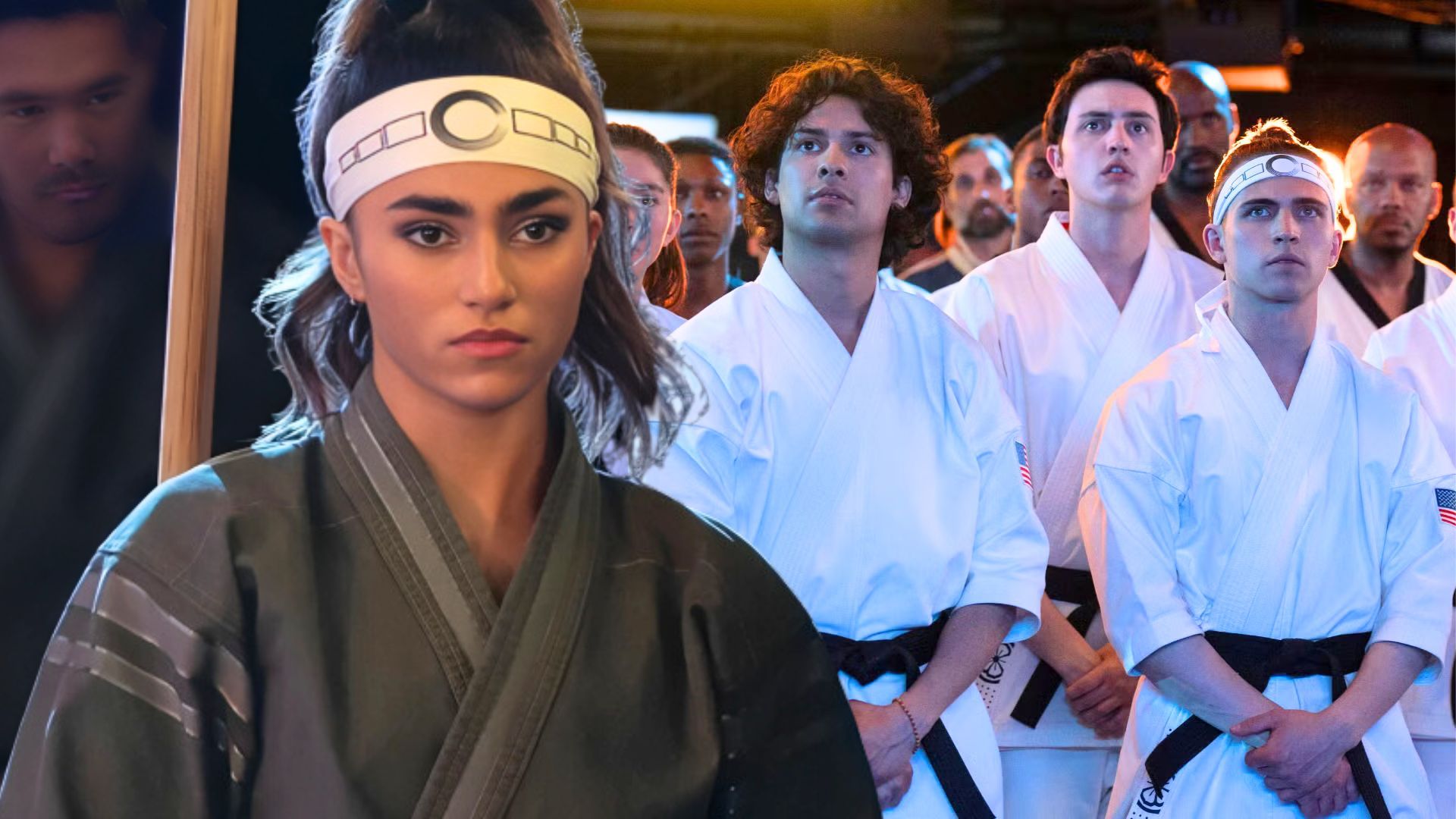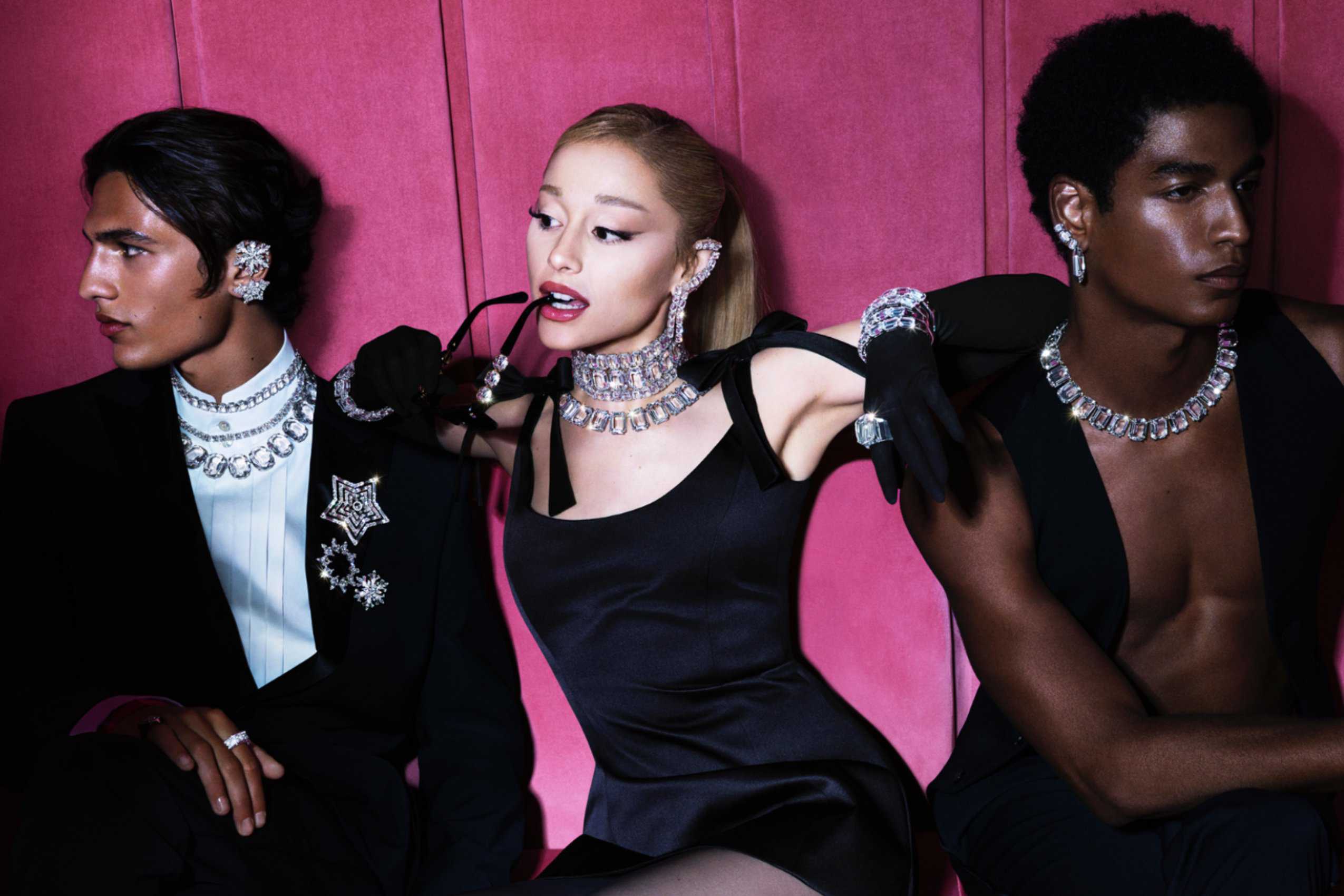More consequential and moving, though, are the human/monster and monster/monster relationships. Kong and Jia are a magical screen team, in the tradition of heart-tugging pairings in animal pictures like “The Black Stallion,” “Free Willy,” and “E.T.” The latter resonates extra-hard. The movie treats Kong’s heartbeat as a conduit to Jia’s mental state, as well as narrative Morse code-pulses for the viewer that reveal Kong’s stress level and physical condition. Obviously a lot of the credit for the Kong-Jia friendship should go to the filmmakers, including editor Josh Schaeffer (“Pacific Rim: Uprising”); cinematographer Ben Seresin (“Unstoppable,” “Pain and Gain”); and the nation-state of effects artists who did the designs, motion-capturing, rendering, compositing, etc. This a rare modern blockbuster with effects that are truly special. The Hollow Earth scenes in the middle of the picture, especially, are ecstatically dreamy kitsch, in the vein of a ’70s sword-and-sorcery paperback book jacket, or a ’70s-’80s psychedelic sci-fi or fantasy picture like “Zardoz,” “Flash Gordon,” “Tron” or “The Neverending Story.” The neon primary colors in the Apex labs and Hong Kong streets are blissed-out decadent coolness: John Woo by way of British synthpop videos. Kong and Godzie might as well have done lines of coke off the top of a bus before laying into each other.
And yet, as is increasingly the case, this special effects-laden epic is paradoxically an actor’s showcase—and it’s scandalous that Terry Notary, who played Kong in this movie and “Skull Island,” isn’t being credited with the main cast, along with T.J. Storm, who has played Godzilla in three Monsterverse films.
Wingard is on record saying that the physicality of this King Kong is partly modeled on Bruce Willis in the “Die Hard” films and Mel Gibson in the “Lethal Weapon” series. You see the lineage in scenes of Kong dirty-fighting like a back-alley brawler, stumble-running through Hong Kong streets, and jumping off the deck of an aircraft carrier as Godzilla nukes it from below. But this is not just a great stunt-work job. It’s according-to-Hoyle, Andy Serkis-caliber acting. Watch Kong cough up seawater after Godzilla almost drowns him, or collapse and doze off after vanquishing an enemy, or tear a winged beast’s head from his neck and guzzle blood from the stump like a brigand downing a pint of mead. When Kong awakens after being airlifted to an Antarctic base to start his journey into the Hollow Earth, he has Martin Sheen’s still-in-Saigon hangover-face from “Apocalypse Now.” When Kong speaks sign language to Jia, looking away and then back at her, you see wheels turning in his mind: I hate what this kid just told me, and it’s hard to get my mind around, but I accept it, because I have no choice.
Equally arresting, though more opaque, is Storm’s performance as Godzilla. This kaiju is primordial and ruthless, a zaftig brawler with a Charles Barkley caboose. He lacks Kong’s grace and ingenuity with weapons, but compensates with ferocity and weight (and dragon breath). Godzilla rages like James Gandolfini in Tony Soprano murder-mode, slamming his bulk into any creature foolish enough to oppose him. He rears back with a glint in his eye before napalm-zapping city blocks. In a succession of bold first-person, shot/reverse shot close-ups, wherein Kong and Godzilla stare into each other’s eyes, each trying to intimidate the other, Godzilla projects a mix of curiosity, alpha brutishness, and game-respect-game appreciation for the ape’s refusal to submit. The look that Godzilla gives Kong at the end of the picture is Clint Eastwood with scales. The curtain-closing song selection that follows is marvelously counter-intuitive—a needle-drop of joy—but it could also have been Leonard Cohen’s “Famous Blue Raincoat”: “What can I possibly say?/I guess that I miss you, I guess I forgive you/I’m glad you stood in my way.”
You can view the original article HERE.
